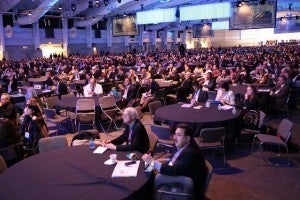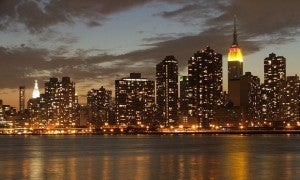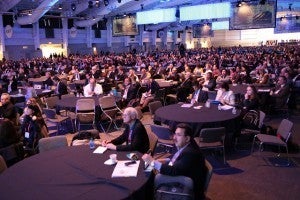 Localized power grids that have the ability to disconnect from the main, centralized grid – known as microgrids – have become one of the electricity industry’s latest darlings. Particularly after Hurricane Sandy knocked out electric generators and wires along the Northeast coast in 2012, urban and utility planners have been devising localized grids that can operate autonomously, strengthen the overall power system’s reliability and resilience, and protect critical infrastructure like hospitals, water treatment facilities, and police stations in the event of a grid-wide outage.
Localized power grids that have the ability to disconnect from the main, centralized grid – known as microgrids – have become one of the electricity industry’s latest darlings. Particularly after Hurricane Sandy knocked out electric generators and wires along the Northeast coast in 2012, urban and utility planners have been devising localized grids that can operate autonomously, strengthen the overall power system’s reliability and resilience, and protect critical infrastructure like hospitals, water treatment facilities, and police stations in the event of a grid-wide outage.
There are environmental benefits to microgrids as well. Clean energy advocates tend to rave about the ability to integrate growing amounts of distributed energy resources, including solar, wind, energy storage, and demand response, which rewards customers for conserving energy. And by avoiding the long-distance transmission of electricity, microgrids and their distributed generators can also reduce energy losses and increase efficiencies. These outcomes all have the potential to curb pollution, while cutting costs for utilities and their customers.
More importantly, as microgrids expand, they prompt us to imagine broader opportunities – and recent developments in Illinois are exploring new frontiers. Read More










 California has a nice problem: It’s producing so much clean solar energy that the state’s electric grid is at capacity, and sometimes beyond.
California has a nice problem: It’s producing so much clean solar energy that the state’s electric grid is at capacity, and sometimes beyond.
 Each month, the Energy Exchange rounds up a list of top clean energy conferences around the country. Our list includes conferences at which experts from the EDF Clean Energy Program will be speaking, plus additional events that we think our readers may benefit from marking on their calendars.
Each month, the Energy Exchange rounds up a list of top clean energy conferences around the country. Our list includes conferences at which experts from the EDF Clean Energy Program will be speaking, plus additional events that we think our readers may benefit from marking on their calendars. New York is on the path to transforming its electric industry. Since the
New York is on the path to transforming its electric industry. Since the  Each month, the Energy Exchange rounds up a list of top clean energy conferences around the country. Our list includes conferences at which experts from the EDF Clean Energy Program will be speaking, plus additional events that we think our readers may benefit from marking on their calendars.
Each month, the Energy Exchange rounds up a list of top clean energy conferences around the country. Our list includes conferences at which experts from the EDF Clean Energy Program will be speaking, plus additional events that we think our readers may benefit from marking on their calendars.